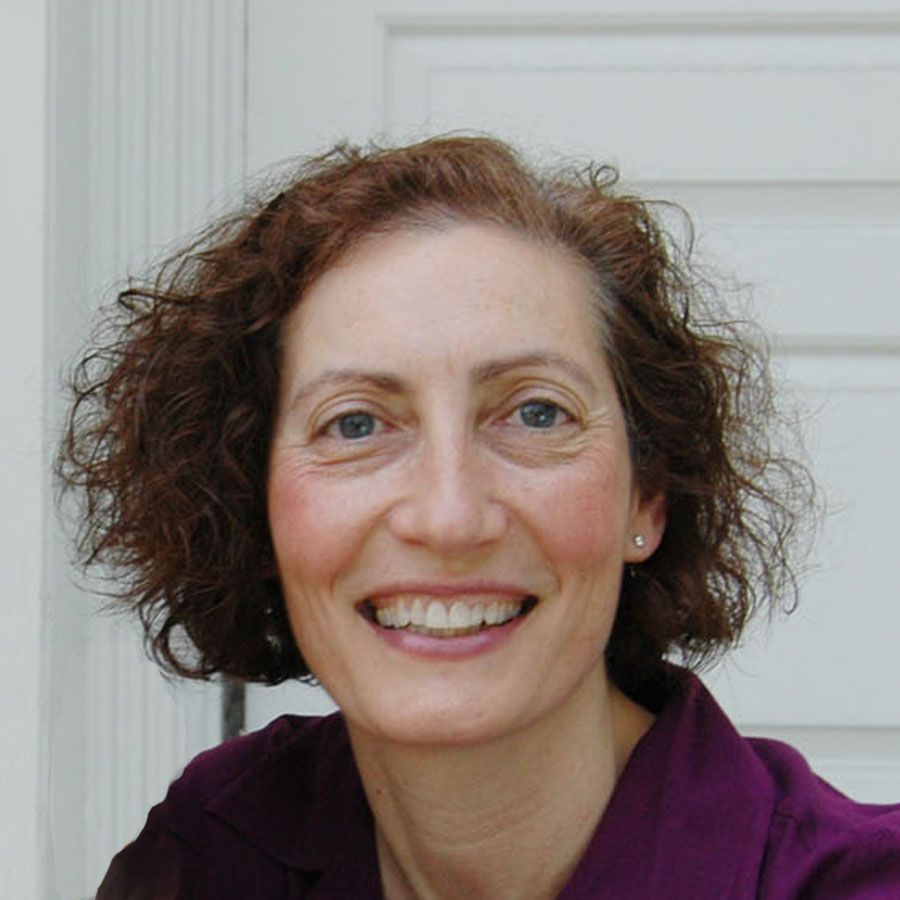Wolfgang Mozart’s Keyboard Challenge

Last Friday, the Amherst Symphony Orchestra, conducted by Mark Swanson, presented a full-length program to welcome Amherst parents for Family Weekend. The program, entitled “From the New World,” opened with Richard Wagner’s prelude to his opera “Die Meistersinger von Nurnberg” (“The Mastersingers of Nuremberg”), followed by Wolfgang Mozart’s concerto for piano and orchestra No. 9 in E-flat major with Alissa Leiser as solo pianist. The second half of the concert featured Antonin Dvorak’s Symphony No. 9 in E minor “From the New World;” which is probably one of the most popular symphonies in standard modern orchestral repertory.
Certain moments at the performance were exceptionally memorable. The opening theme of Die Meistersinger made a grandiose recapitulation at the end of the piece with a brilliant and heroic brass section. In the first allegro movement of Mozart’s Piano Concerto, Leiser’s cadenza enhanced the thematic materials of the first movement and surprised the audience with a sweet harmonic progression, more specifically a deceptive cadence into a flat-sixth chord.
Dvorak’s Symphony No. 9 was fraught with haunting melodies, and their agglomeration in the fourth Allegro con fuoco movement made it a majestic finale. The chromatic chord progressions that opened the second Largo movement reminded me of Gesualdo’s madrigal “Beltà poi che t’assenti” from the early 17th century, and they led to the sweet yet poignant melody on the English horn, which Dvorak nostalgically composed in the United States away from his home in Bohemia. Eventually, this nostalgia brought him home in 1895, two years after the premiere of this symphony.
Leiser’s playing of Mozart’s concerto piqued my interests particularly, since there are numerous issues behind presenting keyboard music of the classical era, especially the oeuvres of Mozart, Haydn and early Beethoven. To begin with, the keyboard-instrument, for which classical composers in the late-18th and early-19th century played on and composed, was different from the standard modern grand piano. It was still called a “piano,” however, since its full names “pianoforte” and “fortepiano” indicate its ability of a broad and continuous palette of dynamics, which is also found in any modern grand piano. Before the instrument was invented, harpsichord was the predominant instrument used in solo, chamber and orchestral keyboard-music and defined the Baroque style. Famous keyboard-composers such as Frescobaldi, Trabaci, Buxtehude and Bach all composed for harpsichords as well as organs. Because of its pluck-string mechanism, however, it is almost impossible to play crescendo (“increasingly louder”) or diminuendo (“increasingly weaker”) passages on a harpsichord: no matter how hard or soft a key is pressed, as long as the string is plucked the volume remains the same. The only way to create even the most limited dynamic variations is to combine different sets of strings. In the 18-century French-style harpsichord that the College owns, for examples, there are two sets of eight-foot strings, each controlled by an individual keyboard or “manual,” and one set of four-foot strings controlled by the lower keyboard with a special switch. With these many possibilities of combinations, which are as many as one could get with any 18th-century harpsichord, it is still only possible, however, to vary the dynamics between different sections of a whole piece, since changing keyboard combinations requires time, creates noise and would distract the player.
Cristofori’s innovation was the introduction of leather-covered hammers. This hammer-mechanism, as opposed to harpsichord’s plucked strings, was not new by itself: clavichords in the 17th and 18th utilized hammers and could thus produce fairly responsive touches and dynamic variations. Cristofori’s leather-covered hammers, however, enabled the strings to vibrate more freely and create a louder sound — indeed, one of the reason why clavichords were mostly instruments of private enjoyment was that its sound was barely audible. Cristofori also introduced a sturdier frame and thicker strings and used pairs of strings for each pitch instead of just one as in the harpsichord.
Compared to the fortepianos in the classical era, modern grand pianos are, in short, significantly “heavier,” thanks to their steel strings (three strings per pitch for the upper register), metal frames, much more robust cases and heavier felt hammers. As a result, whereas each note is light and distinctive on a classical fortepiano, the sound of a modern grand piano is much heavier, deeper and more blended. Thus, it is ironic that some of the most appreciated and widely played keyboard repertory, in solo and in chamber music — Haydn, Mozart, Schubert and early Beethoven — were originally composed for the fortepiano, an instrument remarkably different from the grand pianos we use nowadays.
The movement of historically-informed performance has brought back and to some extent popularized playing classical keyboard compositions such as Mozart’s piano sonatas on historical fortepianos. This revival of the fortepiano, however, is not comparable to that of the harpsichord. Not only do recordings of keyboard works of Couperin and Bach played on harpsichords enjoy a much more vibrant market than those on modern grand pianos, it is almost unimaginable that parts written for harpsichords in Baroque orchestral pieces, be it solo passages in keyboard concertos or basso continuo accompaniments, would ever be realized nowadays on a piano. On the contrary, it is still an accepted and even standard practice to play Mozart’s orchestral keyboard music, such as Concerto for Piano and Orchestra No. 9, on a modern grand piano. Leiser played on a Steinway and Sons. However, this presents a particular challenge. In a solo piece, one can choose not to recreate a “fortepiano” sound on a modern grand piano and argue that even though the music was originally written for the former, it is legitimate to adapt it to the characters of a modern grand piano. In an orchestral concerto, however, the heavy sound of the modern piano would be in conflict with the texture of bouncy and speedy lines in the orchestra, especially the Allegro and Rondo movements that have a fast tempo. The second slower Andantino movement might seem unique in this regard. As one of the very few minor movements ever composed by Mozart in his concerto oeuvre, this movement is solemn, pensive and somber. Even here, however, the robust sound of a modern grand piano could easily disturb the textural balance between the orchestral and keyboard passages.
In her interpretation, Leiser successfully countered these challenges of playing Mozart keyboard music on a modern grand piano. She effectively controlled her touch on this heavy instrument and presented light and clear tones. Thus, she was able to create the sound of a fortepiano, especially its lightness and warmth, on the Steinway grand piano and fit well with the orchestra into the texture of the Concerto. As long as fortepiano-making remains painstaking and expensive, modern keyboardists should strive for such “historically authentic” performance on a modern instrument, especially when they are playing chamber and orchestral pieces by classical composers, in which the sound they create have to accommodate the textural characters of the whole piece.





Comments ()